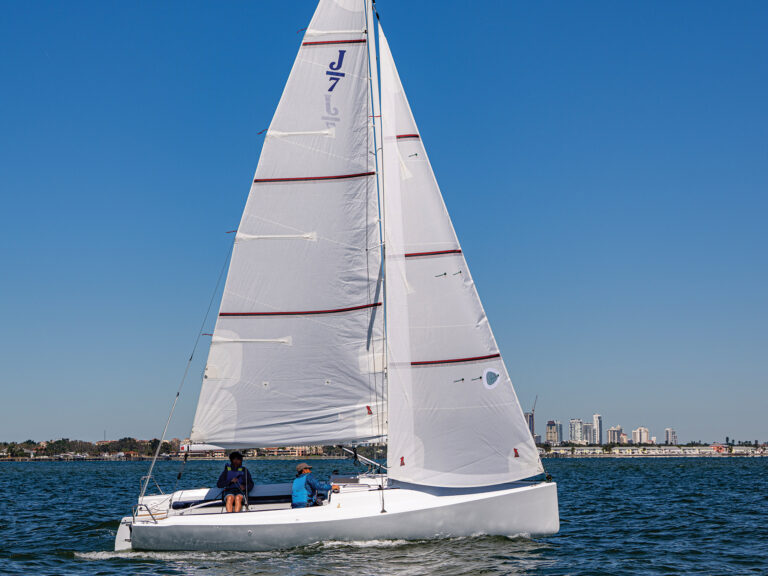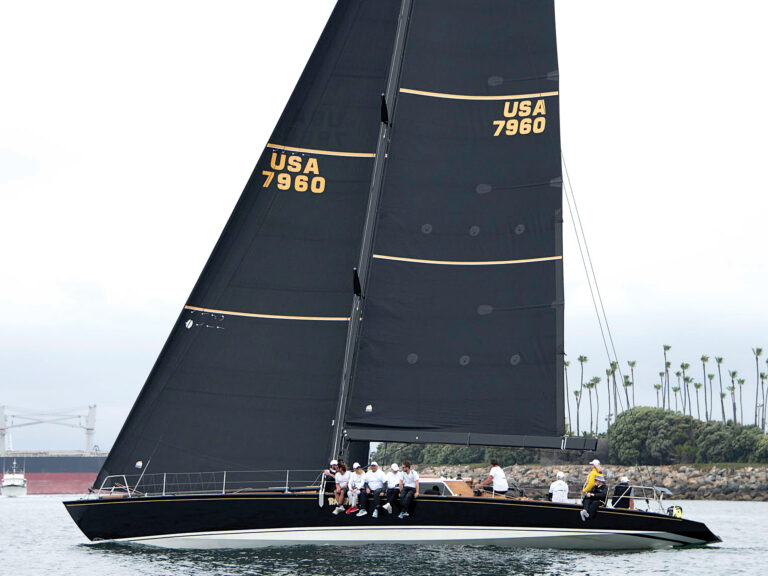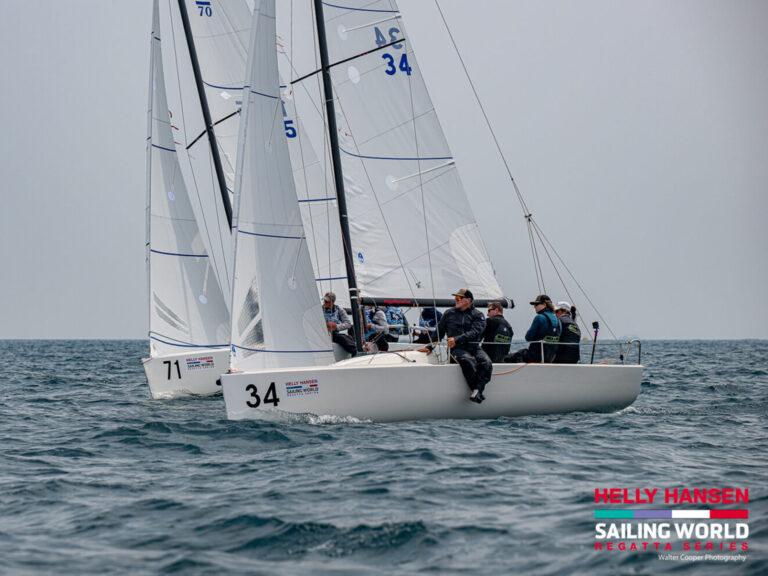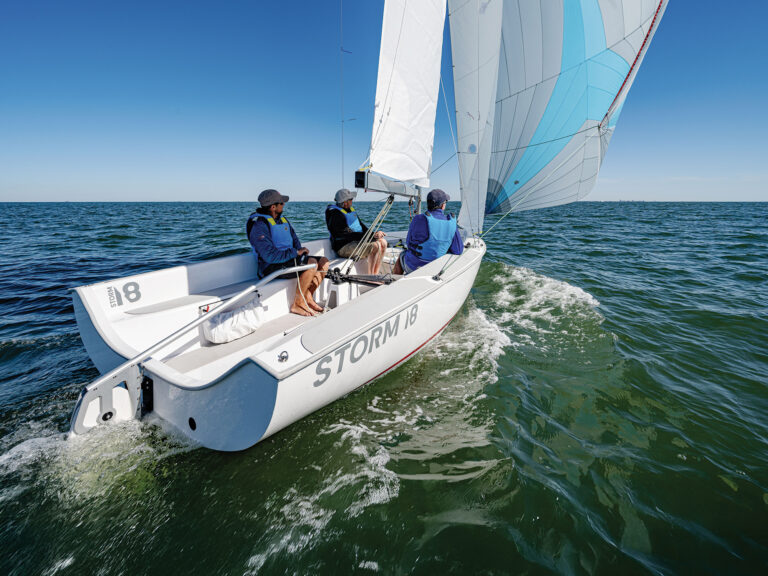
On the eve of the opening regatta of the Louis Vuitton America’s Cup World Series event in Portsmouth, UK we asked the skippers of the six syndicates what they thought it would take to win the first ever foiling AC45 regatta. Here’s what they had to say:
Dean Barker – SoftBank Team Japan
A key factor is going to be how well people can execute the starts. Getting to Mark 1 in good shape is going to be really important and if you can do that consistently well over the four races you should come away with a good result.
It’s very hard to find areas to pass. Although there are opportunities around the course to take places, you are way better off being able to control your destiny rather than having it dictated to you.
The races are so short and the boats so fast that you don’t really get much time to think tactically – it’s more about executing on your pre-race strategy and not getting caught by some of the idiosyncrasies of the racecourse like staying within the boundaries.
Ben Ainslie – Land Rover BAR
Ultimately what is going to make the difference is how good your teamwork is. The boats are all the same so it really comes down to the sailors. There is plenty to get right though – not only getting good starts and making the right tactical calls, but also the boat-handling and how well everyone works together to get the boat around the course. This sort of racing favors being bold and aggressive and to do that requires having absolute confidence in your crew and their ability to execute the maneuvers every time.
Glenn Ashby – Emirates Team New Zealand
With these fouling boats and these courses, the starts are going to be like a motocross start with everyone trying to get around the first corner in the lead. After that I think the key to success will be the boat-handling aspect of manhandling the boat around the course. That would give the advantage to Ben Ainslie’s crew because their testing boat is the most similar configuration to the boats we are racing here. But I think everyone else has been making inroads into that advantage.
If it is windy we could see some big spills and we will all need to keep our wits about us and make sure we keep the boats above the water but not too far above it – otherwise you can get really bent out of shape. Avoiding collisions is uppermost in my mind – we all need to stay in control to avoid damage.
Franck Cammas – Groupama Team France
It will be tricky to have everyone doing 30 knots off the start line at the same time! The positioning on the start line and how to time the acceleration is absolutely critical and it is something we all are learning. The racing is a real challenge all the way round the course and very tough on the crew. You have to be incredibly precise with everyone’s timing on maneuvers. The action on board will be lightning fast downwind and the communication on the boat will be really important on those legs. Once we are going upwind we will be able to catch our breaths a little and do more thinking.
Nathan Outteridge – Artemis Racing
You are going to have to sail pretty high risk, I think. Trying to be conservative and consistent is going to put you in the middle of the fleet at the end. Really, it’s going to be all about winning the starts. If you round Mark 1 at 35 knots in the lead then it’s pretty hard for anyone to catch you. In this sort of racing when you are out of traffic the maneuvers get easier and the boats just get further and further apart. Conversely, when you are in traffic you have to do difficult type maneuvers with other boats close around you and it just gets tougher and tougher to dig yourself out.
Over the last few days have mostly been concentrating on our starting and our gybing. The gybing is big. In the lighter air it’s really hard to do a nice gybe and then as it gets windier it gets easier and easier. The difference between a foiling gybe and a non-foiling gybe is a couple of hundred meters. Then you need to be super-accurate with your downwind laylines – that’s where there are chances to make gains by really nailing the laylines into the leeward gate.
Jimmy Spithill – Oracle Team USA
If it’s windy then getting over the finish line in one piece is going to be challenging.
Beyond that I think it’s about consistency. If you make one mistake in this type of racing then it can be all over. In the practice races, we were leading in two of them and made mistakes in both of them and got dumped straight to the back of the pack.
Aside from the start, coming in and out of the leeward gate cleanly is going to be really critical. The maneuvers on these boats are really difficult and that means that piecing together an error free race is almost impossible. The trick is to accept that you will make mistakes but try not to turn any of them into race losers. Also, remember that the sailors are working at maximum heart rare for 20 – 25 minutes and being thrown around by huge g-forces when the boats get up on the foils. Throughout all of that they are expected to think ahead and make good decisions. We are so undermanned on these boats that racing them is right up there with the AC72s in terms of the workloads on the crews.









